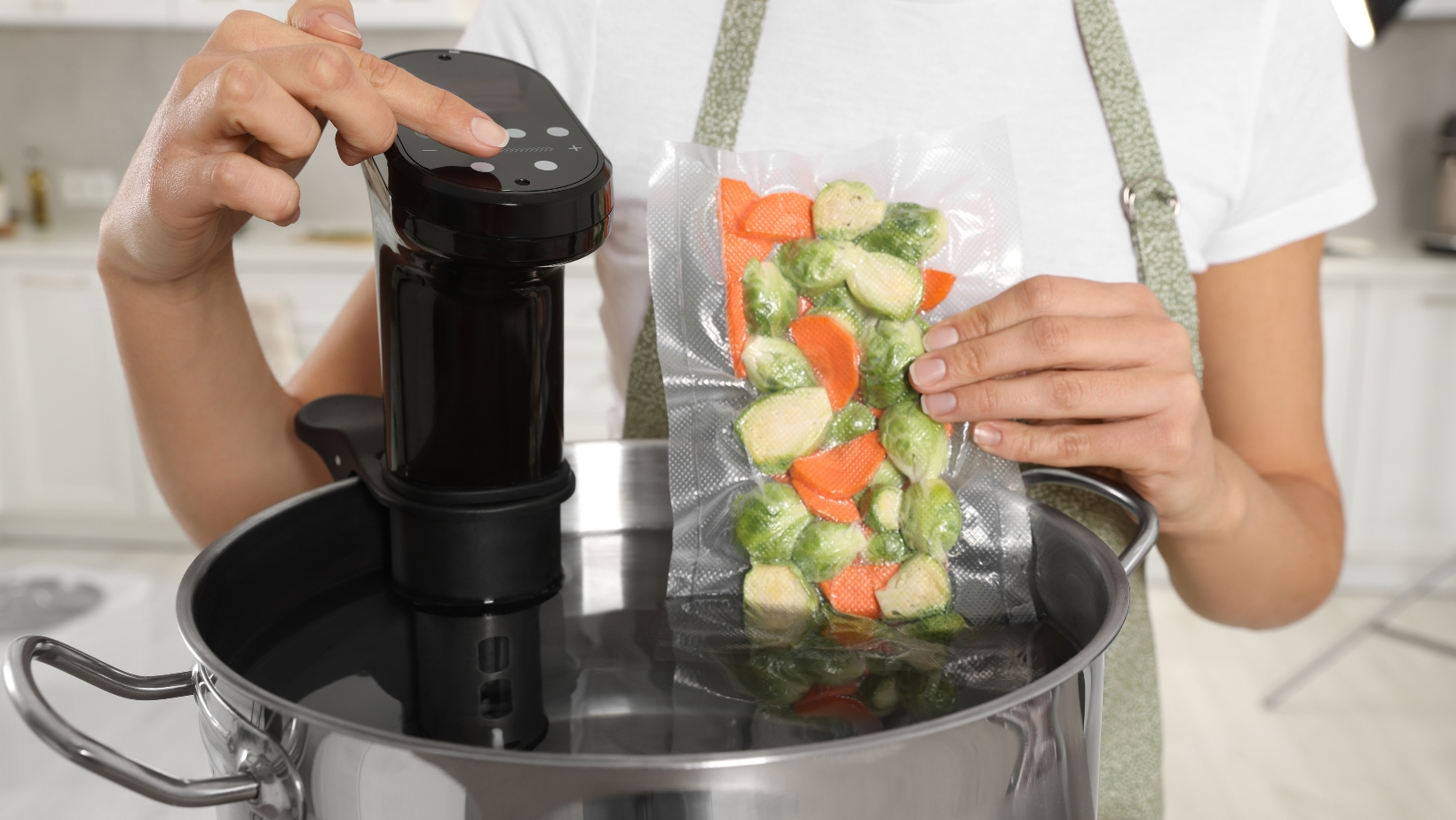The Science of Flavor: How Smells, Tastes, and Daily Habits Influence What You Eat

Flavor plays a bigger role in your daily choices than you might think. The meals you crave, the snacks you reach for at night, and even the foods you decide to avoid all come down to a complex mix of taste, smell, memory, and habit. While many people assume they simply “like” certain foods, science paints a much more layered picture. Flavor isn’t just about what happens on your tongue; it’s a full‑sensory experience shaped by your brain, emotions, and environment.
Understanding how flavor works isn’t about restricting yourself. Instead, it gives you practical tools to make healthier, more intentional choices. The more you pay attention to your flavor environment, the easier it becomes to shift behaviors that feel automatic.
This article breaks down what flavor really is, how your senses shape cravings, why habits stick, and how small, simple changes can help you feel more in control of what you eat.
The Hidden Power of Smell in Everyday Cravings
If you’ve ever walked past a bakery and instantly wanted something sweet, you already understand how powerful smell can be. Scent is closely tied to memory, which is why a familiar aroma can pull you toward foods you haven’t eaten in years. Cinnamon might remind you of home, while coffee can signal that it’s “time to start the day.”
Smell is also one of the brain’s fastest communication tools. When you catch a scent, your brain processes that information before you’re even aware of it. That’s why cravings often feel sudden; your brain has already made the connection.
Interestingly, smell doesn’t just trigger cravings; it can change how hungry you feel. Strong savory scents can increase appetite, while fresh or citrusy components can reduce it. This means your environment matters. The scents in your home, workplace, or even car can influence your perception of hunger long before you actually think about food.
Taste Preferences Aren’t Just Personal, They’re Learned
Most people think their taste is stagnant, but science shows it’s constantly evolving. What you crave today might be different from what you wanted five years ago, shaped by stress levels, sleep quality, and habits.
Your taste buds regenerate every two weeks, meaning your palate is always in transition. If you’ve been eating a lot of sugary foods, “normal” foods can suddenly taste dull because your brain recalibrates its expectations.
The reverse is also true. When people cut down on very sweet or salty foods, their preferences shift; foods they once ignored can suddenly taste more vibrant. This is one reason mindful eating and palate training are so practical.
Taste is also emotional. If you associate certain foods with comfort or celebration, your brain reinforces those connections. You don’t need to eliminate comfort foods; understanding the pattern simply gives you more control.
How Flavor Shapes Appetite at Different Times of Day
Your cravings shift throughout the day based on your hormones. In the morning, appetite is naturally lower because cortisol, the hormone tied to alertness, is higher. By evening, cortisol drops while hunger hormones like ghrelin increase, making the brain more receptive to intense flavors.
This explains why late‑night cravings often feel stronger. It’s not a lack of discipline; it’s biology combined with habit. If you regularly snack at night, your brain starts to expect it.
Flavor intensity plays a role, too. Milder flavors feel satisfying during the day, while nighttime cravings usually lean toward bold, salty, or sweet options. Your brain seeks stimulation, and intense flavors deliver precisely that.
Your Environment Quietly Trains Your Taste Preferences
Most people underestimate how much their environment shapes their eating habits. Small details, from what’s visible in your kitchen to the habits of people around you, all influence your flavor preferences.
If you keep certain foods out in the open, your brain registers them as more appealing. Behavioral studies confirm that the first food you see is often the one you choose.

Routines also play a significant role. If you always snack while watching TV, the activity becomes part of the craving. You might not want the snack itself; you want the pairing. Adjusting the routine, even slightly, can change the pattern without making you feel deprived.
Flavor exposure matters as well. When your daily habits include intense flavors, sweet drinks, heavily seasoned meals, or bold snacks, your palate may grow to expect that intensity. Reducing exposure over time can help reset your baseline and make whole foods taste more satisfying.
When Flavor Becomes a Tool for Managing Cravings
Cravings often feel random, but predictable triggers such as stress, boredom, scent cues, or emotional associations can often cause them. Many people manage cravings by shifting toward sensory alternatives rather than eliminating triggers.
This is where flavor substitution becomes useful. Instead of removing flavor, people introduce alternatives that satisfy the need for stimulation, such as beverages, herbal teas, or other flavor‑rich options.
In the middle of this transition, people become more aware of how certain vaping flavors can curb or trigger cravings. Understanding this helps you choose flavors that match your emotional needs without reaching for food automatically. It’s less about replacing meals and more about creating a sensory pause that stops mindless eating.
Small, Sustainable Shifts That Make Eating Well Feel Easier
Understanding flavor science gives you practical adjustments rather than strict rules. You don’t need to remove your favorite foods; you can start by making subtle changes.
A straightforward strategy is to diversify your flavors. Adding herbs, spices, and fresh ingredients makes meals more satisfying without relying on heavy additives. When you meet your flavor needs, you’re less likely to snack mindlessly afterward.
Another helpful tactic is adjusting your environment. Keep healthier foods within easy reach, season meals in interesting ways, and store highly processed snacks in less visible places.
You can also experiment with flavor timing. Use bold flavors when you want a more satisfying meal, and keep early‑day meals lighter. This helps regulate cravings and makes your palate feel engaged.
Most importantly, enjoy your food without guilt. Curiosity around flavor leads to more sustainable and satisfying habits than restriction ever could.
Conclusion
Flavor isn’t just taste; it’s a blend of memory, scent, emotion, biology, and environment shaping your eating decisions every day. Understanding how flavor influences cravings and habits gives you the tools to make intentional choices without feeling overwhelmed.
Whether you’re trying to eat healthier, understand cravings, or simply enjoy food more deeply, paying attention to your flavor environment empowers you. Start with small shifts, stay curious, and let your senses guide you toward habits that support your wellbeing.




